Hello Mr/Mrs Cultivators! Have you ever felt that the growth of fish is slowing down even though the quantity of feed given is sufficient? If so, maybe the type of fish feed you have been giving so far doesn't contain adequate nutrition!
Feed with adequate nutrition is the most important component that accelerates fish growth, you know. Come on, read the article below to find out the types of fish feed that contain adequate nutrition and are good for fish!
Types of Fish Feed
For fish, feed is divided into 2 types, namely organic feed and inorganic feed. The diversity of types of feed was created so that you can adjust the type of feed to the needs and desires of cultivation.
For example, the use of organic feed will indeed save more costs, but it will not accelerate fish growth. Meanwhile, inorganic feed can accelerate fish growth even though the price is slightly more expensive. For more details, let's find out the types of organic and inorganic feed below!
Organic Feed
Organic feed is feed made from various kinds of organic ingredients and directly formulated by the cultivator. Usually this organic feed does not contain any chemicals at all. To make organic feed, you can mix animal and vegetable protein.
However, this organic feed is not suitable for intensive cultivation because it is considered less capable of accelerating fish growth. Organic feed can reduce cultivation costs, but it is less able to make fish grow optimally. You can make your own organic feed by mixing ingredients that contain lots of nutrients for fish.
Come on, get to know the ingredients that are usually used as organic feed mixtures!
1. Water Flea
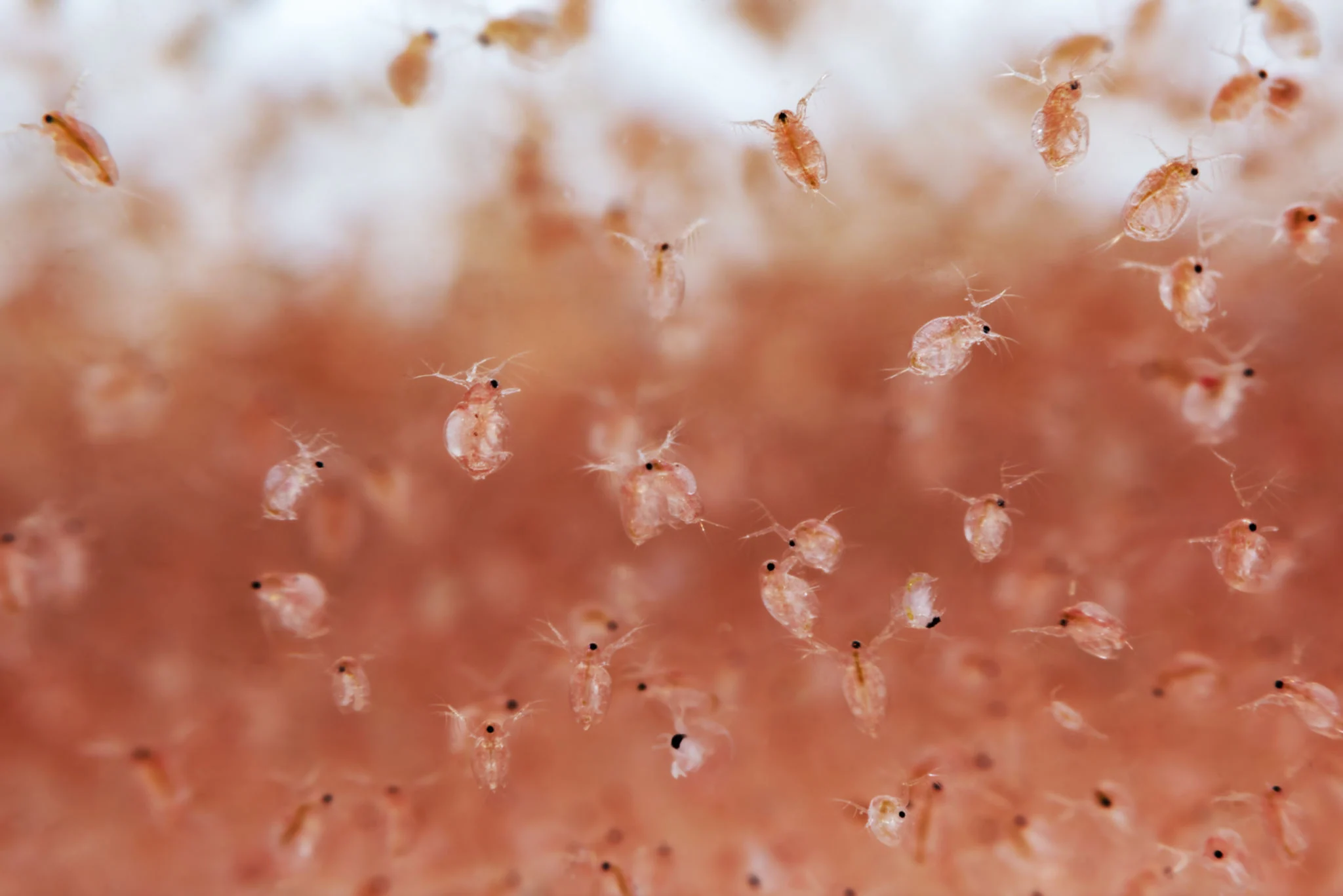
Although considered pests for humans, water fleas are a highly nutritious food for ornamental and consumption freshwater fish. Water fleas are popular as food because they are easy to find and the price is quite cheap.
In addition, 1 gram of water fleas contains 4% of protein, 0.5% of fat, and 0.67% of carbohydrates. Water fleas are suitable for consumption by fish fry and small fish.
2. Worms
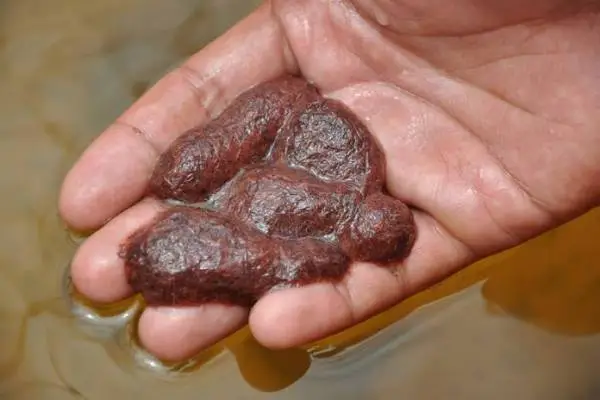
Types of worms suitable for freshwater fish feed are earthworms, silkworms, and bloodworms. Due to their small size, blood worms or mosquito larvae are suitable for small fish, while silkworms and earthworms, which are larger in size, are suitable for feeding large fish. Worms are suitable as feed because of their high content of protein, fat and fiber.
3. Plankton & Phytoplankton
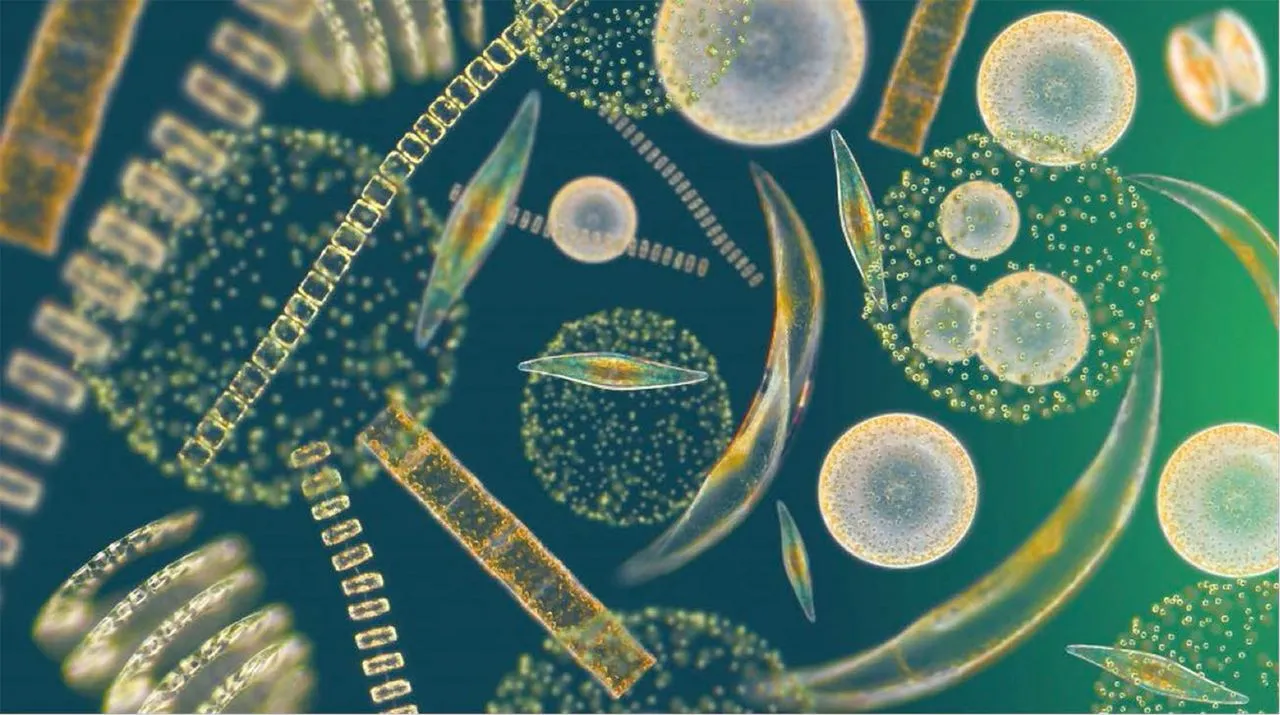
Plankton and phytoplankton are rich in fiber so they can nourish the digestion of fish. In addition, plankton and phytoplankton contain 21-37% protein which can stimulate fish growth. To grow plankton and phytoplankton in the pond, you only need to sprinkle a special fertilizer at the start of the pond construction.
5. Coconut dregs
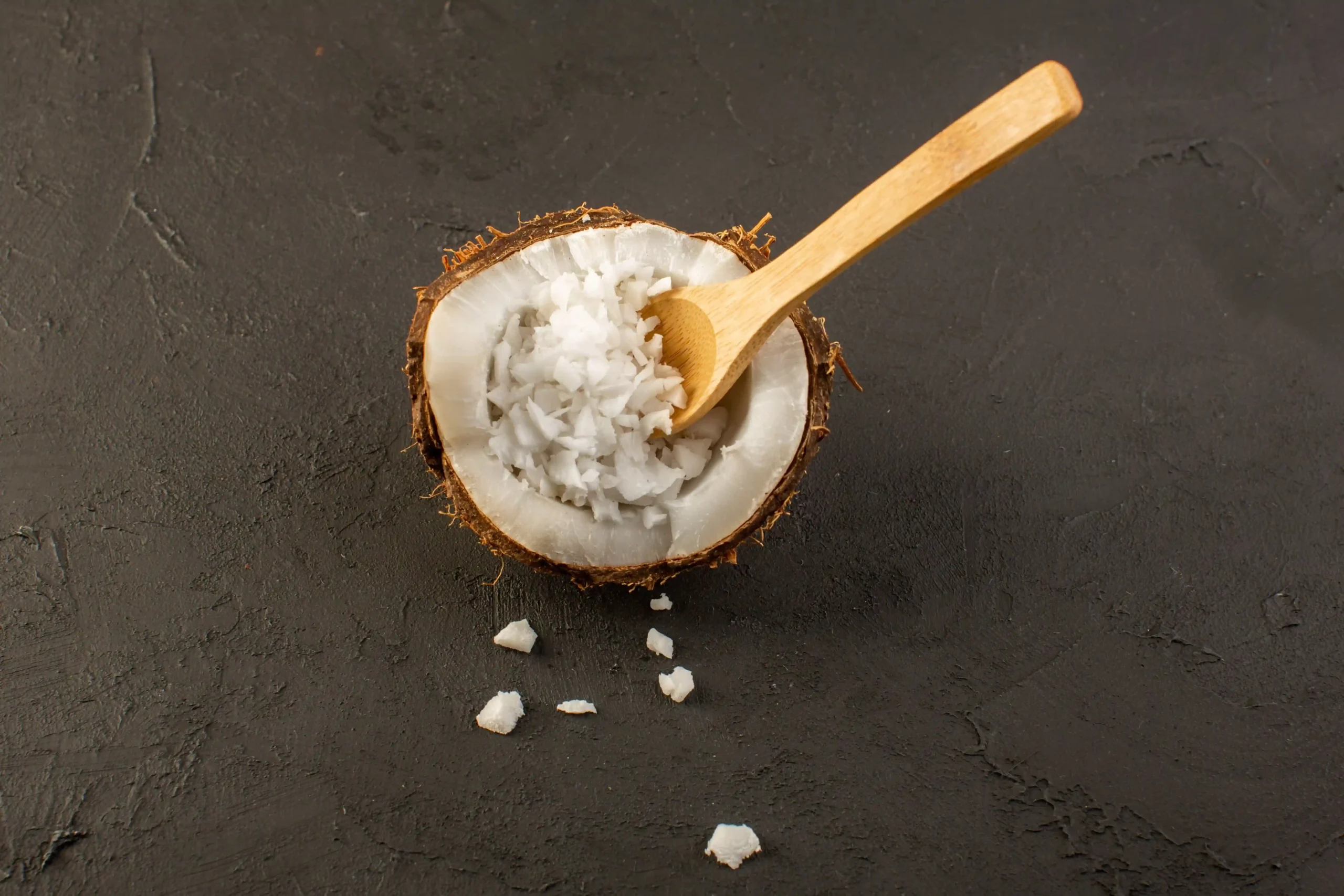
Coconut dregs flour can be combined with other ingredients to produce good quality fish feed. Utilization of coconut dregs as feed can help ease the burden on farmers to deal with manufactured feed prices which continue to soar.
6. Infusoria
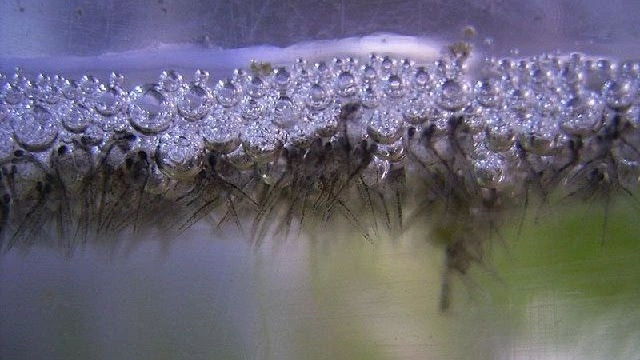
Infusoria is a protozoa that can be used as natural food from cabbage, mustard greens, and papaya skin. To produce infusoria, you can ferment it for 4-7 days, small animals or infusoria will appear and can be given directly to the fish.
Inorganic Feed
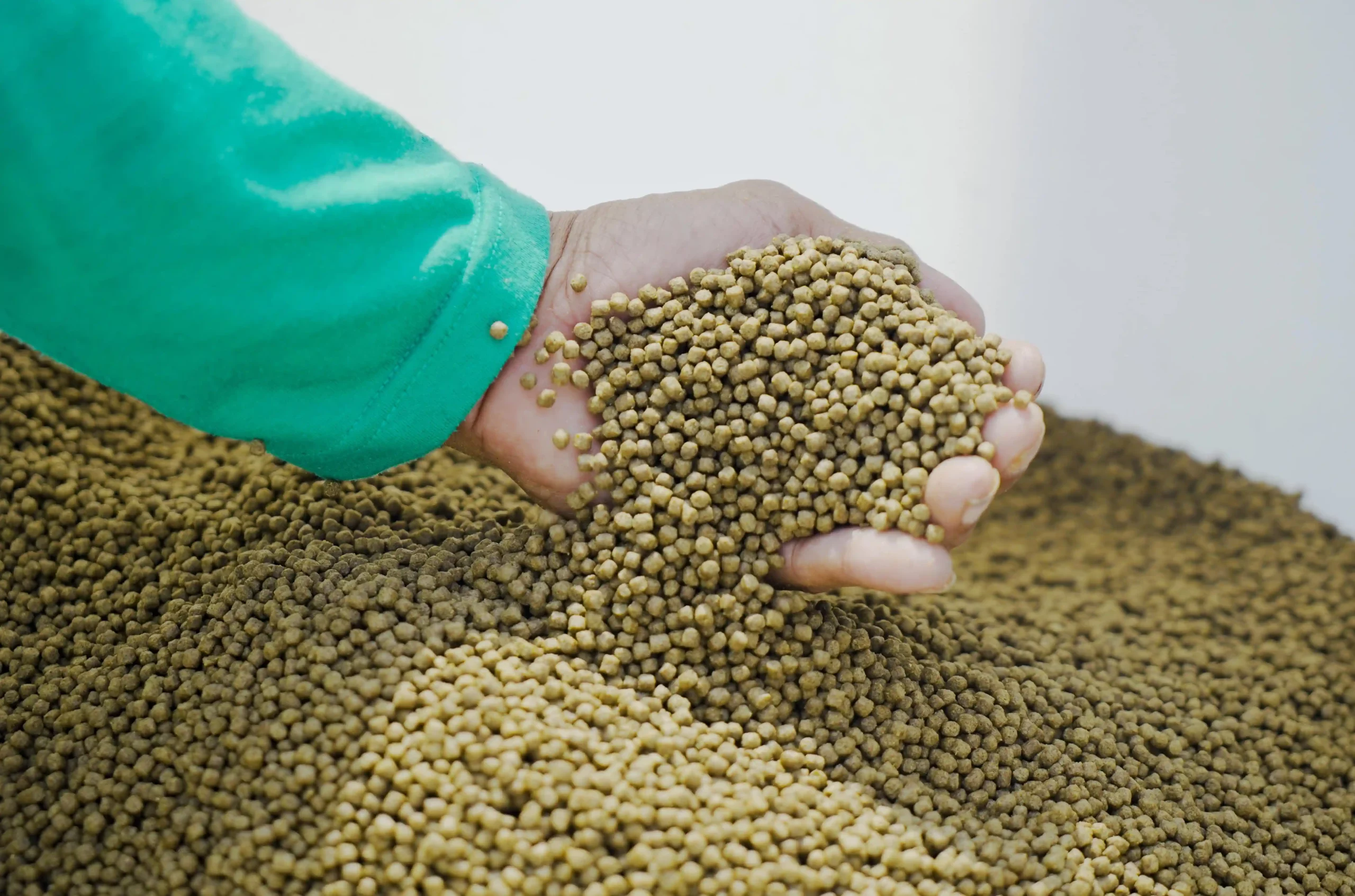
Inorganic feed is feed that is made in a factory with nutritional content that has been regulated in such a way by feed experts to accelerate fish growth. Inorganic feed is designed to contain the main nutrients needed by fish such as protein, fat and carbohydrates.
Inorganic feed is suitable for intensive cultivation. This is because inorganic feed can shorten cultivation time, uniform harvest sizes, and make fish taste more delicious.
Usually ingredients-Additional ingredients and nutrients contained in inorganic feeds are more complete than organic feeds that are formulated alone. In addition, inorganic feed is also very practical to use so that it will facilitate cultivation.
The organic feed most often used by cultivators is pellets. Pellets are highly recommended inorganic feed to help fish grow. Usually, the more complete the nutritional content contained in the pellet, the more expensive it is.
However, it is the more complete nutritional content that can accelerate fish growth. For fish feed, pellets are divided into 2, namely floating pellets and sinking pellets.
Come on, get closer to floating pellets and sinking pellets, types of inorganic feed that are rich in nutrients!
1. Sinking Pellets
Sinking pellets are pellets that will fall to the bottom of the pool after a while floating in the water. The use of sinking pellets should be sufficient, not too much. This is useful to avoid the amount of feed settling at the bottom of the pond which can poison the fish.
2. Floating Pellets
Floating pellets are pellets that will continue to float on the surface of the pool water when spread out. Floating pellets are widely used by other cultivators because they can optimize the fish digestion process so that they can improve the FCR value. Floating pellets are equipped with a more complete nutritional content and in accordance with the needs of fish so as to optimize fish growth. Its presence that can be clearly seen on the surface of the pond can make it easier for farmers to control the presence of feed remaining in the pond.
In addition to the type of pellets, the size and shape of the pellets that vary, you must also pay attention to. There are pellets in the form of granules or flour. This is all you have to do is adjust it to the size or age of the fish. Here are the sizes and shapes of pellets that are suitable for various sizes of fish:
- Larvae 1 week - 1 month old : Flour pellets
- The larvae are 1-2 months old : Granular pellets 0.7-0.8 mm
- Seedlings 2-5 cm in size : Granular pellets of 1 mm
- Seedlings 5-12 cm : Pellet granules 2 mm
- Seedlings at the enlargement stage : Pellet granules 3 mm
- mother fish : Granular pellets of 3 mm, 4 mm, and 5 mm
How to Choose a Suitable Type of Feed
After reading the article above, have you been able to determine what feed is suitable for your cultivation? If not, see the following method, OK!
To choose the right feed, you must know what is needed. If you want to shorten harvest time by accelerating fish growth, inorganic feed in the form of pellets is suitable for your cultivation. Meanwhile, if you don't have too much capital, you can use organic feed because the cost is more affordable.
Feed must also be adjusted to the appetite of fish. We recommend that when you start cultivating, you should know that the fish to be cultivated prefer organic or inorganic feed. This is done to ensure the fish get enough food so that no feed is wasted.
Beli Pakan Ikan Jadi Mudah dan Praktis di eFishery Pakai Kabayan
Salah satu pakan yang cocok dan banyak nutrisinya bagi ikan budidaya adalah pelet. Kini, pelet ikan bisa Bapak/Ibu beli di eFishery menggunakan Kabayan (Kasih, Bayar Nanti). Kabayan bisa menyediakan Bapak/Ibu akses ke institusi finansial yang aman dan diawasi OJK. Dengan Kabayan, Bapak/Ibu bisa mendapatkan pakan berkualitas dengan sistem pembayaran tempo yang prosesnya cepat dan persyaratannya mudah.
Isi formulir berikut untuk mendapatkan akses ke Kabayan!
Get Access to Financial Institutions that are Trusted, Registered & Supervised by OJK!
Fill in your personal data in the following form. Our team will immediately contact you via the number cellphone attached. Make sure the data entered is correct.
